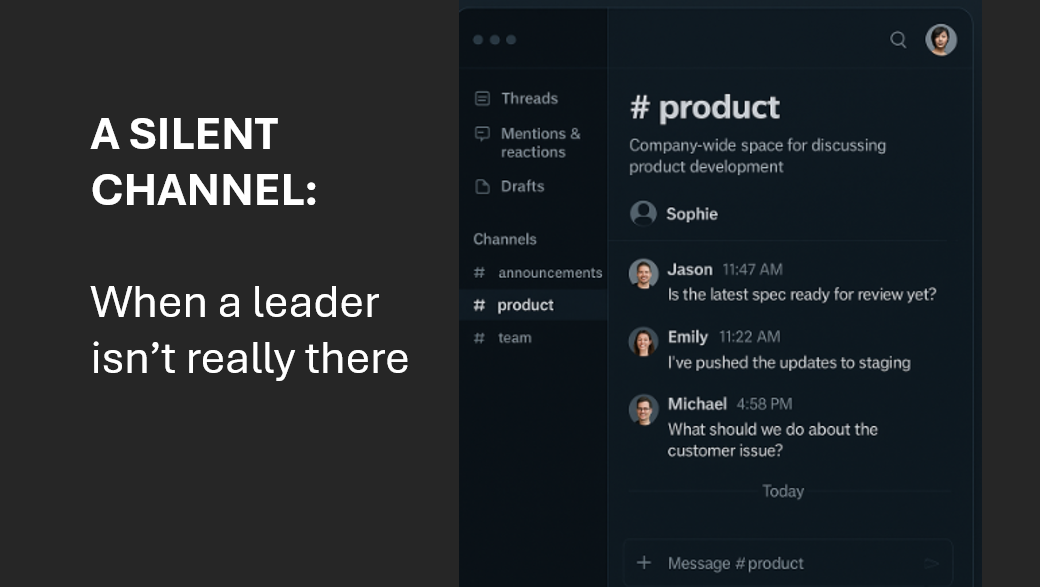Many of us love engaging with new ideas, new applications of old ideas, challenges to established thinking and almost anything that is new, even if only to dismiss it swiftly and move on, to the next thing that comes along to grab our attention. Perhaps it is no surprise then that articles on LinkedIn, Medium, Quora and other such platforms that purport to be able to provide a clear sense of what the “future of work” is going to be get so much traction and attention. It plays to some basic human psychology and fallibilities. It couples our curiosity with our confirmation biases. It provides a salve in uncertain times.
But what if you ignored them all? Would your business be any better informed about what to do next because you read a long-range prediction about a significant change on the horizon, which, should it come to pass, would impact the strategic direction that your business takes? Maybe. But probably not. This article seeks to provide a balanced perspective on the pros and cons of such information, to help you make better decisions about the data you gather and how you use them.
No accountability in predicting the future
Let’s be clear, accurately predicting the future – short, medium or longer term – is highly valuable and has been held as such for most of history. It is also really hard. Even short-term predictions are difficult, especially where there is even the slightest degree of complexity. I can accurately predict that you will blink in the next couple of minutes. However, once you take something dynamic, even as well-modelled as say weather systems, it is hard to get that right for the same day as the prediction, let alone knowing if our daughter’s wedding in six months’ time is going to require sunscreen or an umbrella. As Tetlock and Gardner (2015) suggest, “How predictable something is depends on what we are trying to predict, how far into the future and under what circumstances.” I would add, “and with what required degree of accuracy,” after all I’m fairly confident planet earth will expire at some stage, I just don’t know when, with any degree of accuracy.
Whilst acknowledging it is tricky to achieve accurate forecasts, often no-one seems to be held accountable for the accompanying errors. Rarely do we go back to predictions made months, years or decades ago, to check their veracity. The forecaster seemingly has complete freedom to suggest a (any?) vision of the future, safe in the knowledge that they are no more likely to be challenged than the seller of snake oil who moved quickly on to the next town before they were found out. Not a bad gig if you don’t mind the crook in your neck from looking over your shoulder, just in case someone is coming for you.
The value of certain futures
It seems that the one conclusion we can make is that predictions about the future of work are “reliably wrong.” If that is so, why should we engage with such fantasy? Where is the value in knowingly kidding ourselves that we have a better grasp of what is to come? It seems to me that such predictions have at least two useful roles: Firstly, they alert us to what the future may hold and in that increased “certainty” comes reduced anxiety and a greater sense of confidence to move forward. Secondly, remaining aware of the zeitgeist opens up the art of the possible, often leading to exciting and useful innovation required to meet the apparent new world order. Product managers the world over try to get this right in order to meet future needs, from the iPad to Netflix. Get it right and it can prove a positive game changer for your business. Get it wrong and you get a seat right alongside the Sony Betamax team.
If there is real utility in such predictions, caveats aside, how should we meet them in a way that is more likely to be of real value to our businesses? I suggest three considerations you can make that will help provide firmer grounding from which to draw any conclusions.
- Consider the current state of play
Flights of fancy tend to be those that predict the highly unlikely within too short a time span. We may well be able to colonise Mars, but probably not by this October. I have an overplayed strength in that I can paint vivid pictures of ‘end states.’ This has proved both very helpful when planning on a personal level and also in engaging a fantastic team here at Exigence who can ‘see’ what the possibilities are for the business. It can, however trip me up when I put overly ambitious timelines against bringing these changes to life. I forget, too frequently, to couple my vision of the future with coming back to where we are today and building a plan out from here to there. It is a trap that it is easy for us all to fall prey to: moved by the vision we can overlook the details, menaing whilst the outcome maybe achieved, the timescales are off. When it comes to building great businesses such error of judgement can be significant.
- Consider the sources
Academics have a rating system for the quality of journals from which they draw literature. Generally, researchers look to the most highly rated journals to gather their background reading, more confident that the methodology, results and conclusions they read in these sources provide a ‘truer’ picture of what has occurred. The same considerations would be good for businesses to follow. Are you reading yet another opinion piece by a former-journalist-turned Youtube phenom, or is this the result of research work in the field with quality samples etc? Yes, I realise that the former may prove to be more accurate than the latter. At least once. But probably not when compared over many predictions. So, just beware of the quality of sources you access.
One further piece from academia that may prove helpful, keep searching until you reach saturation. What that means is gather sufficient data from a range of high-quality sources until such times as you are not finding anything new, at which point you will have reached saturation in your data gathering.
- Consider the consensus and the outliers
Once the data is gathered and you are getting a clearer idea of the future trends, distil the themes from across your sources. Explore the points that the data cluster around and those themes will be the areas of consensus. It is true this might prove to be agreement around an error. But at least your decisions will have been made from a weight of reliable data.
Importantly, don’t dismiss too quickly the outliers from respected sources. These maverick points of view, if drawn from sufficiently robust work, should inform your thinking. Factor them into your overview of the plans that you are making. I like to leave eliminating them until as late as possible in the process. Indeed, in a forthcoming blog post I’ll discuss how, in fact, you should use them to test your final plans.
Conclusion
No academic research starts without a thorough review of the available literature. It’s much harder to do that groundwork than turn to practitioner literature or take on or two pieces of evidence that support your position. Falling foul of your own confirmation biases is rarely a recipe for effective planning. One thing we can be fairly confident about is there will be a future that includes work. Designing and accommodating for what that could be like has significant value for your organisation. Get it right and you win market share and position. I hope that this discussion, applied to your strategic planning, will help you and your business thrive.
Exigence works with organisations to deliver full-stack HR leadership development solutions, from Executive and senior team coaching to group and AI coaching. If you would like to discuss how we can help you deliver quantifiable impacts for your organisation, we’d love to hear from you – just contact us here.





